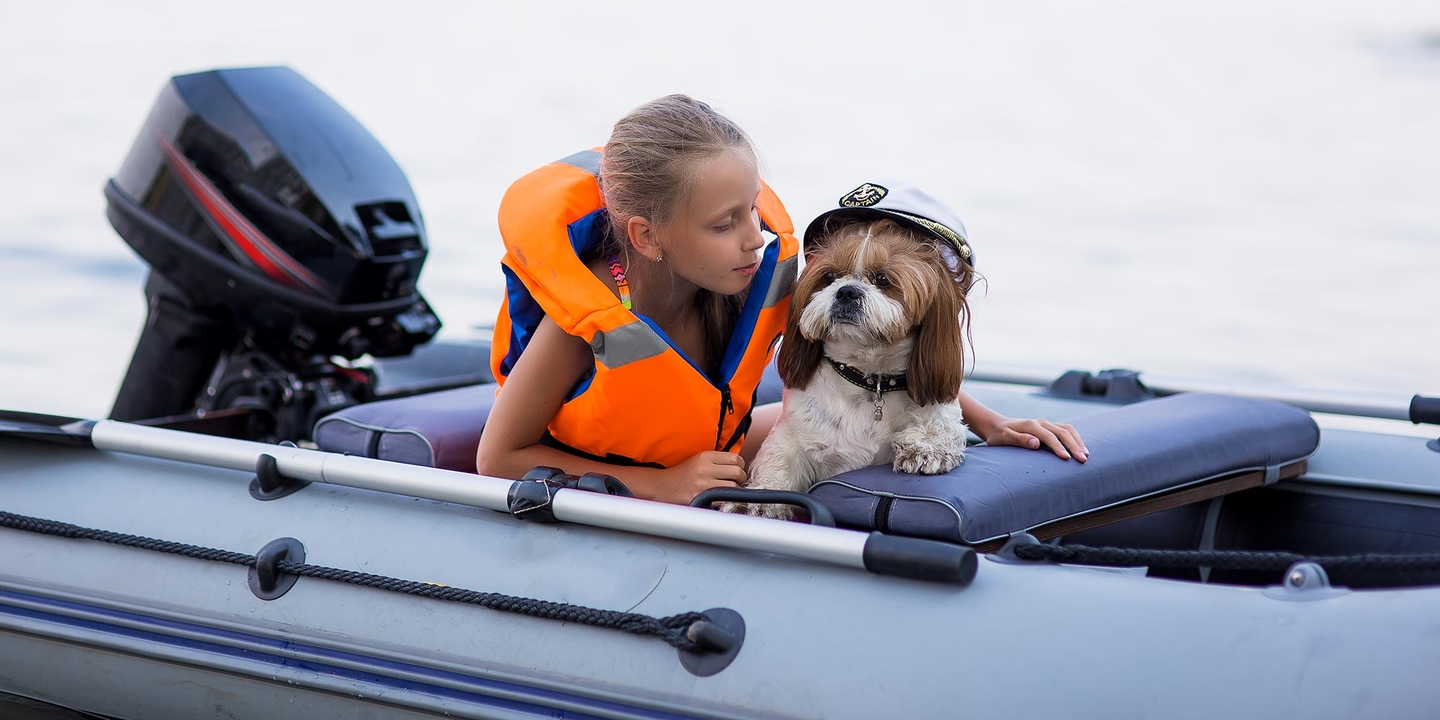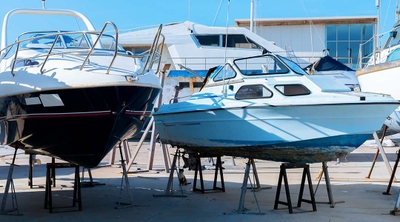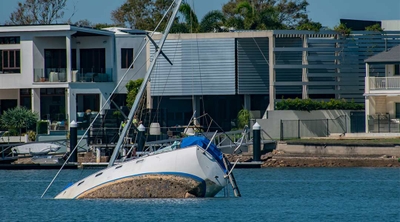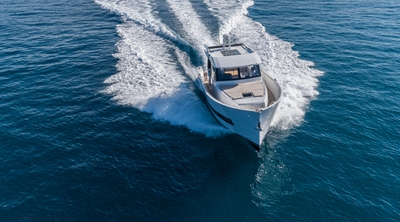What is boat safety equipment?
3 min read
Bringing boat safety equipment when you set sail is both a good idea and a requirement of federal law. The U.S. Coast Guard (USCG) mandates a specific list of things you need on a boat by law. Many states expand on that list with additional requirements. No matter where you live, make sure you know about important boating accessories, for both your safety and comfort. It's also a good idea to review your safety checklist as part of your regular boat maintenance. Learn more about the USCG’s requirements for recreational boats.
Boat safety equipment checklist
Federal laws mandate different kinds or amounts of boat safety equipment depending on the size of the boat. However, all boats need to have the following boat equipment:
1. Life jackets
Each person on board must have an appropriate life jacket (also called wearable personal flotation devices, or PFDs). If you have children aboard, you’re required to have children’s life jackets. Jackets must be approved by the U.S. Coast Guard and in good condition. Types I, II, III, are all acceptable. Type V “special use” devices may be acceptable if worn in the circumstances they were designed for. Learn more about life jacket safety requirements and rules for life jackets on boats.
2. Throwable flotation devices
In addition to one wearable PFD per person on board, all boats must carry at least one Type IV PFD. Type IV devices are meant to be thrown to a person in the water, but they are not a substitute for a life jacket.
3. Fire extinguishers
As of April 20, 2022, a new mandate from the U.S. Coast Guard, replaces B-I extinguishers with 5-B and B-II extinguishers with 10-B. The age and size of your boat will dictate the number and type of fire extinguishers you need. Nearly all boats must carry at least one 5-B or 10-B fire extinguisher. The only exception is for boats less than 26 feet long with a USCG-approved fixed fire extinguisher system that protects the engine compartment. Boats under 26 feet without a fixed system must carry at least one 5-B or 10-B fire extinguisher.
4.Visual distress signals
All recreational boats need to carry USCG-approved nighttime distress signals. Boats larger than 16 feet need signals for both day and nighttime use unless they are participating in an organized event such as a race, are open sailboats less than 26 feet long with no propulsion machinery or are manually propelled boats of any length.
5.Sound signaling devices
Federal boating regulations require vessels 39.4 feet or less in length must be equipped with a sound signal. Vessels longer than 39.4 feet need a sound-producing device that can be audible for one mile and last for four to six seconds.
6.Navigation lights
All recreational vessels must display navigation lights between sunset and sunrise. Navigation light rules vary depending on the size and type of boat. Consult the USCG Navigation Rules or other USCG materials to see the requirements for your boat.
Some states require more safety equipment than these federally mandated minimums, so check the requirements of the state where your boat is registered as well as those of any states to which you plan to travel.
Other boat safety equipment to add to your checklist
The following boat safety and backup equipment can be good to have on hand, even though they aren't required by law:
- VHF radio and cell phone to call for help if necessary
- First aid kit that is well stocked and suitable for the number of people on board
- Extra dock lines for tying up
- Manual bailing service to remove water in case of a leak
- Waterproof flashlight in case you need extra light or have a loss of power
- Tool kit to perform basic repairs as necessary
Understanding your boat's capacity
After you stock your boat with all the required safety equipment, learn your boat's capacity and verify carriage requirements from the U.S. Coast Guard:




